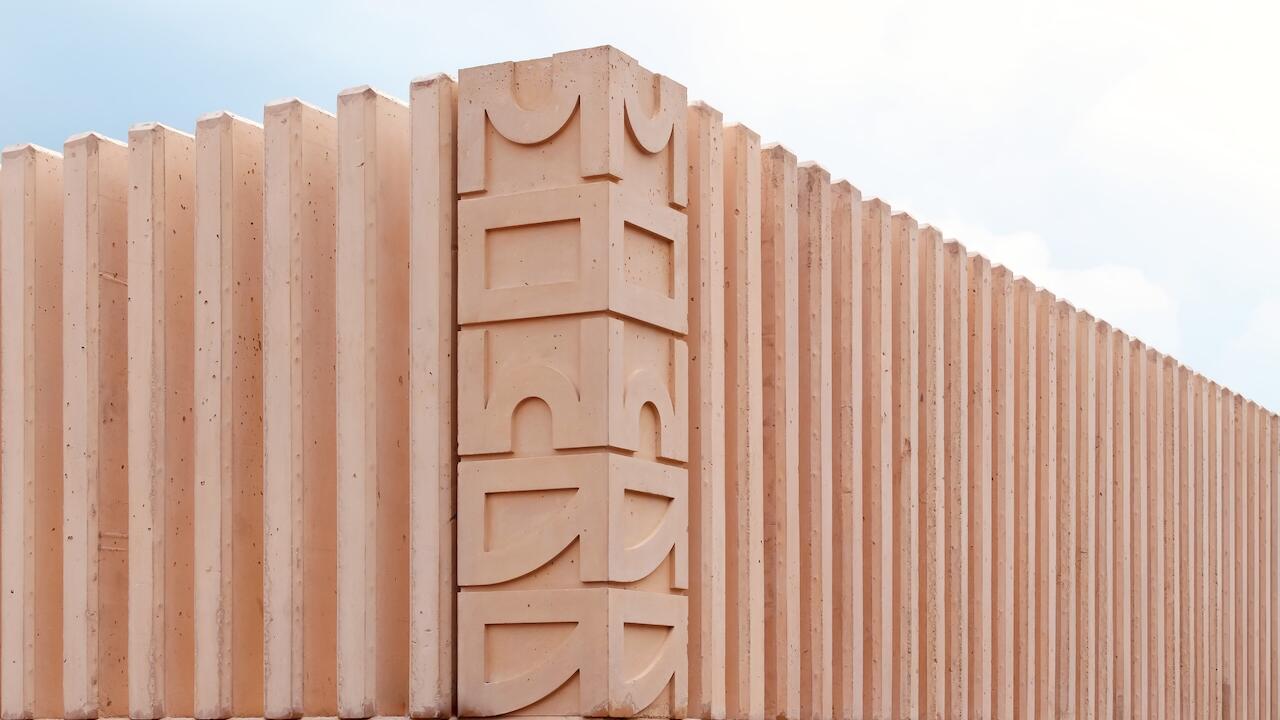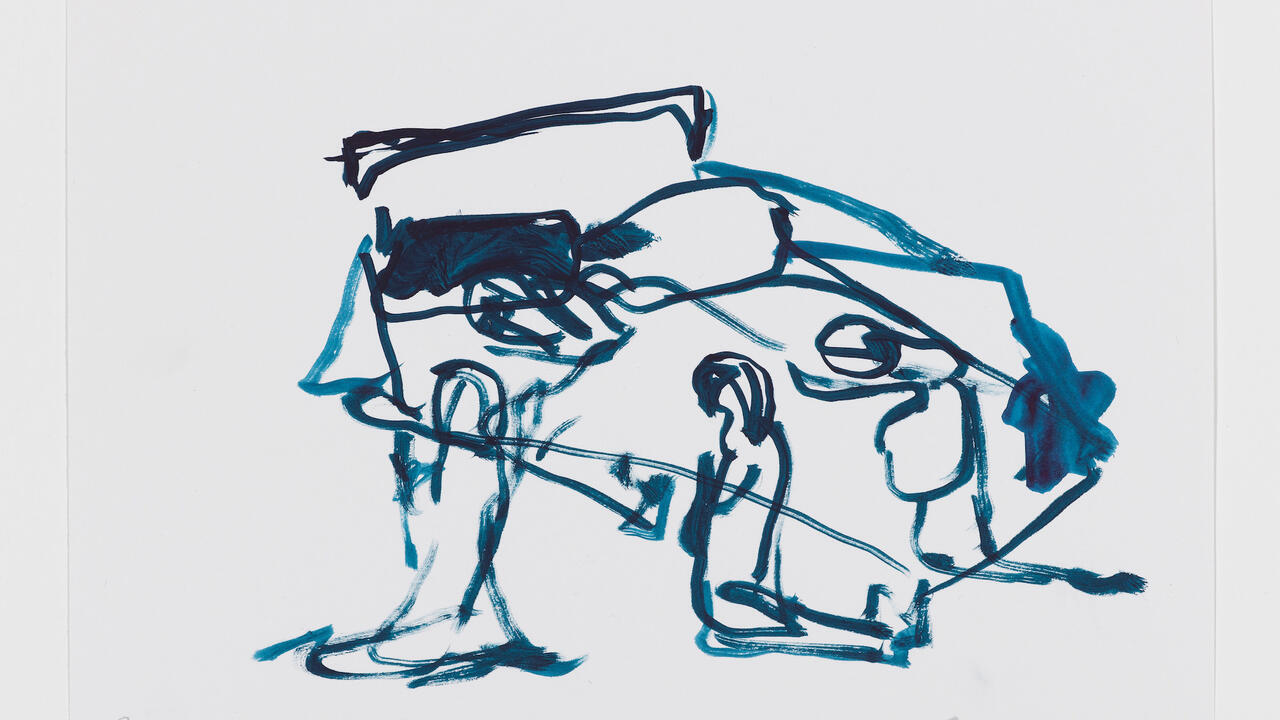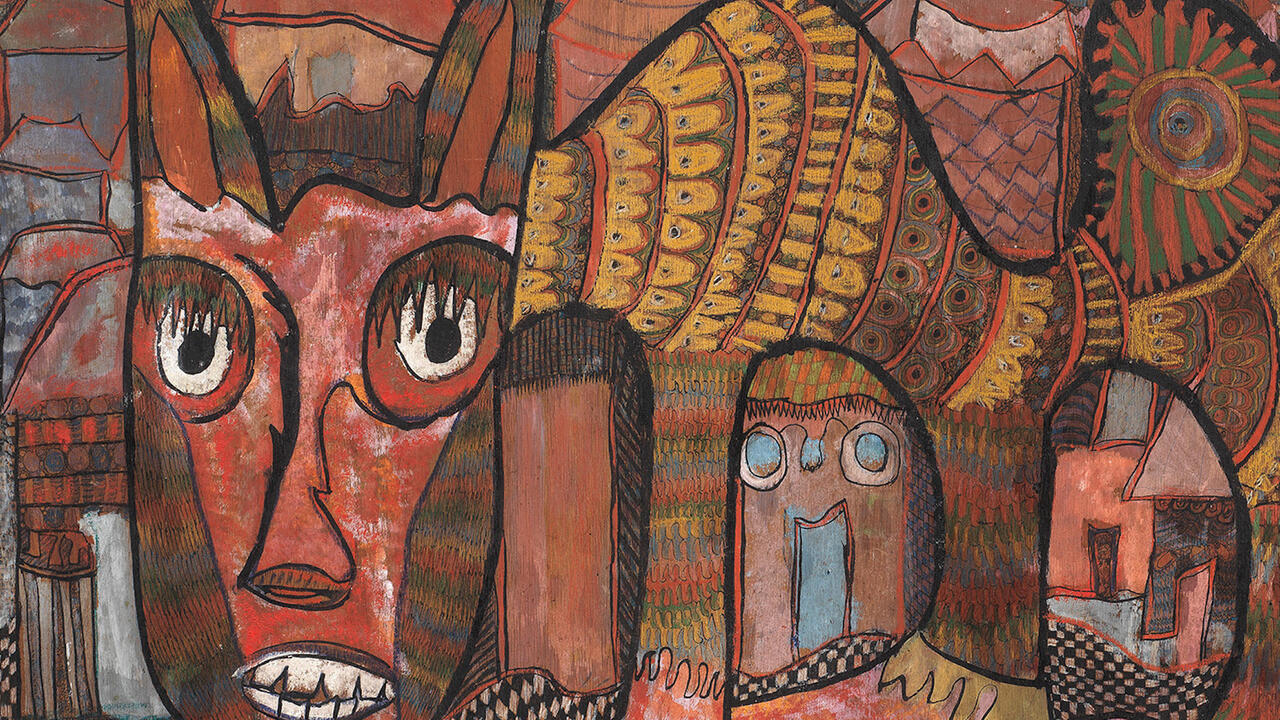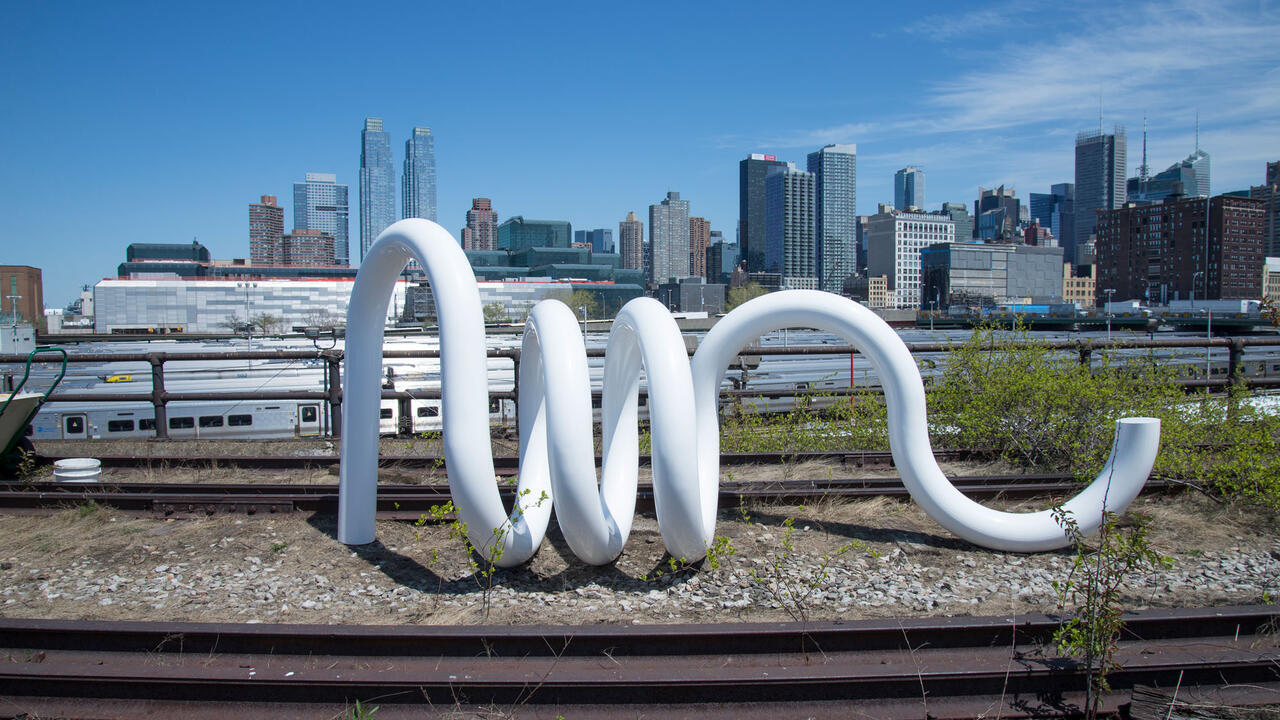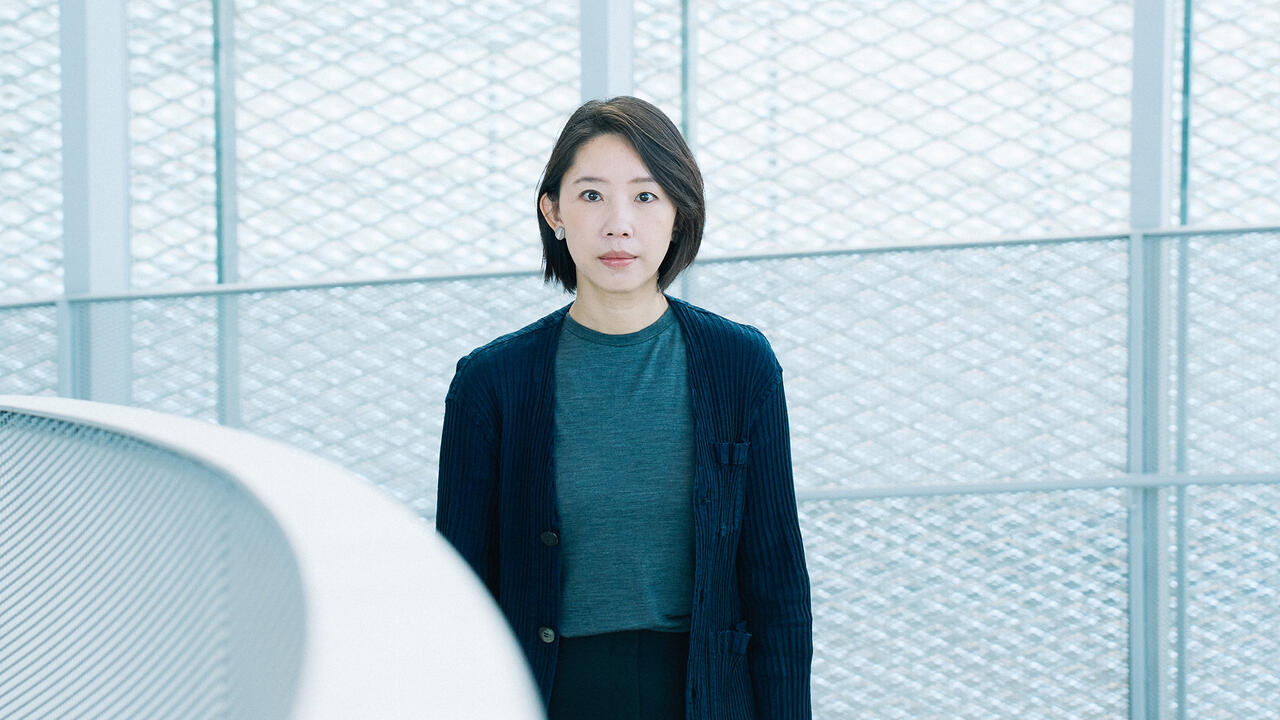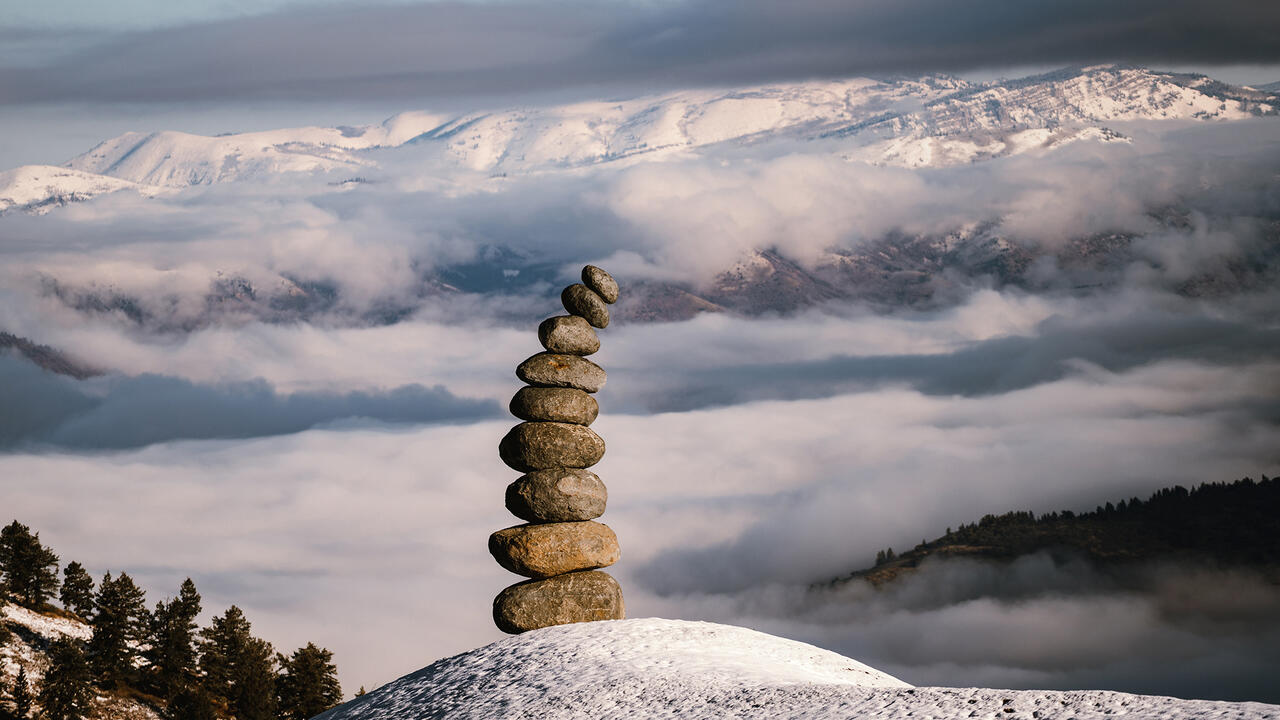‘It’s Time to Decolonize Environmentalism’: An Interview with Zina Saro-Wiwa
With a forthcoming solo show at Tiwani Contemporary, London, the artist discusses Niger-Delta food traditions, ‘disaster narratives’ and environmental challenges
With a forthcoming solo show at Tiwani Contemporary, London, the artist discusses Niger-Delta food traditions, ‘disaster narratives’ and environmental challenges

The final words of Zina Saro-Wiwa’s father before he was hanged by a Nigerian military government in 1995 were, ‘Lord take my soul, but the struggle continues.’ His death sent shockwaves around the world. Ken Saro-Wiwa was a writer and a human rights activist who fought against the degradation and exploitation of his native Ogoniland in Nigeria by multinational oil companies. He became an enduring symbol of environmental activism owing to his efforts to bring to attention the struggles of the Niger Delta’s more than 30 million inhabitants. Today, his daughter, based in New York, uses her art to explore the identity of this enigmatic region – one not premised on tragedy and devastation, but rather an openness and optimism. Saro-Wiwa’s bold work incorporates video, photography, sculpture and installation. Since 2014, she also runs the art space Boys’ Quarters Project Space in her father's old offices in Port Hartcourt, Nigeria.
‘The Turquoise Meat Inside’ at Tiwani Contemporary, London, marks Saro-Wiwa’s first solo exhibition in Europe following two solo museum shows in the US in 2015 and 2016 at the Krannert Art Museum, Champaign and Blaffer Art Museum, Houston.
Ismail Einashe You’ve worked as a journalist and a documentary filmmaker. Can you tell me about your decision to begin making visual art?
Zina Saro-Wiwa I didn’t move into art consciously. It proved to be the only strategy that allowed me to deal with what had happened to me and my family and Nigeria. For 10 years after my father’s execution, I hadn’t really mourned him and chose to cut myself off from anything that surrounded his legacy, as there seemed to be no real space for me within it. He became an international symbol, rather than my father. When I was ready to deal with it I thought that making a documentary about him would be the way for me to reclaim some of his memory and to forge a connection with Nigeria. But every time I went to a pitching meeting at a production company I would break down sobbing. I eventually made a video that dealt directly with my inability to mourn my father’s death: Sarogua Morning (2011). It was a video performance where I shaved my head and forced myself to cry and mourn in front of the camera. That was the film I needed to make. Not a documentary. This work gave me agency, resilience. It made me research mourning cultures around the world and in Ogoniland. It made me think about the relationship between performance and catharsis; it commented on the gap between the public and private sphere when it came to mourning his death. It was also painful and very hard work. But I could reframe history and emotion and connect them any way I wanted to through this device. Art was and is a gift.
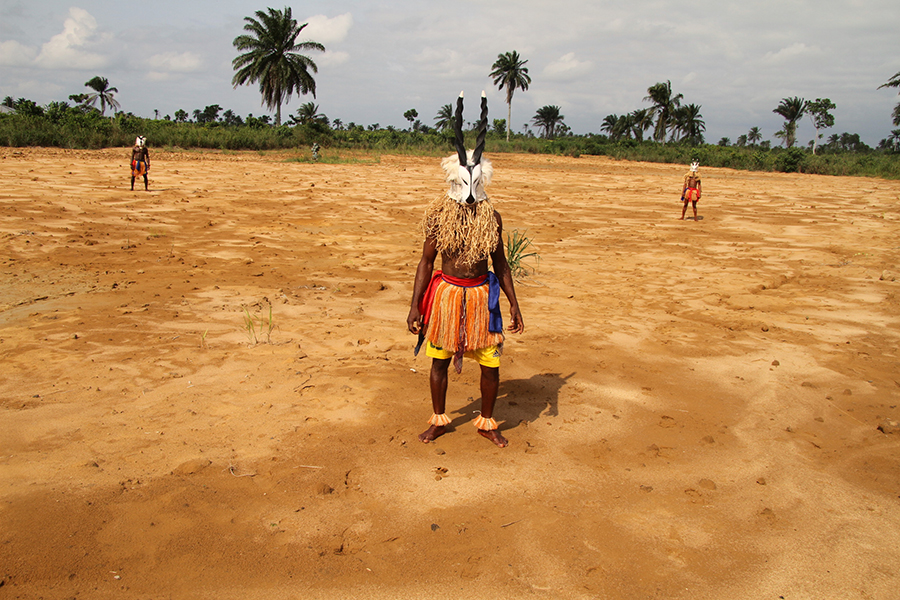
IE Unsurprisingly, your name is often intertwined with your father’s. Can you describe the impact and legacy of his work on your own and compare your approach to his?
ZSW My father was a writer of plays, TV shows, poems, short stories, essays, articles, novels. His topic was always ultimately the Nigerian condition, and he had a huge amount of love for the country despite his criticism of it. The direct activism came later; I don’t know what specifically tipped him into such direct advocacy. But the outrages in the region were egregious. Activism was not a job for him; it was something he couldn’t help but engage in. I have a more complex relationship with activism: I do not consider myself an activist and never will. I hope nothing happens to me that forces me to engage on a single issue. I find myself in a position where I am interested in what is happening in the Niger Delta but I want to use art to engage with broadening concepts of environmentalism. I want art to be used to excavate history and imagine futures. There is no future in an identity built on degradation. So I intend to remain expansive in the space of the Niger Delta and to connect whatever happens there with the rest of the world.
IE You say the Niger Delta has a ‘latent indigenous environmentalism’, which has been ignored by international onlookers and local communities. Can you explain what you mean by that?
ZSW From my perspective, it seems as if the idea of ‘big E’ Environmentalism is shaped by a certain group of thinkers in the West. It is currently framed predominantly through the issue of carbon emissions, at least on an international level. Of course, there is also the issue of rising sea levels and climate change, all desperately important and overlapping issues; but Environmentalism is a broad church. The concerns of big environmental groups don’t necessarily speak to and for others in other parts of the world. When my father was killed, environmental groups used this as an opportunity to argue against Big Oil, which was directly implicated in his death. Oil is certainly part of our environmental puzzle in the Niger Delta but there is much more to consider. Another reason indigenous environmentalism is overshadowed I think is because of Pentecostal religion, which has altered Africa’s relationship with the natural world and dampened this connection. Animism, for all its faults as a belief system, described and forged strong relationships between humans and the natural world. For me a Niger Delta environmentalism has to implicate invisible ecosystems, such as spiritual and religious beliefs. We also have to face our own capitalistic desires and manage them. Niger Deltans aren’t anti-capitalist wood nymphs. For want of a better phrase, it’s time to decolonize Environmentalism, democratize the conversation and create a more nuanced approach to environmental challenges.

IE You’re challenging ‘disaster narratives’ about Ogoniland. How have these narratives impacted the Ogoni people?
ZSW I think terrible things have happened to Ogoni people and other peoples in the Niger Delta. In fact, all over Africa we see instances of exploitation both internal and international. I think it’s important to understand what has happened, but I also see it as necessary to define yourself independently of loss and violence. It is not a healthy basis on which to build an identity. Violent oil extraction is a tragedy but not an identity. It is time to turn inward and think more deeply and honestly about our relationship with our environment. I think regions are strong when they maintain strong cultural ties to their past and thus a powerful sense of self. Cultural power leads to other forms of power. So for me culture comes first, and contemporary art is a tool and strategy to uncover the past and develop cultural capital.
IE Can you tell me more about what the title of your forthcoming exhibition at Tiwani Contemporary, ‘The Turquoise Meat Inside’, refers to?
ZSM ‘The Turquoise Meat Inside’ is the title of this show but also a poem, a sculpture, a tag, a mantra, a seduction. It refers to a sea snail indigenous to the Niger Delta, that has a hard, dark brown outer shell and turquoise flesh. The shells, called periwinkles, are sometimes used as building materials, and are sacred to some Niger Delta ethnic groups; they are also eaten in soups and stews.
IE In your food interventions, like the 2012 New West African Kitchen project, you curated and cooked a West African feast for guests. In 2015, you mounted a ‘feast performance’ for 50 guests. In your film Phyllis (2010), the character eats garri (West African food made from cassava tubers) and egusi (another Nigerian staple) while watching Nollywood films. Can you talk more about the role of food and its consumption in your work?

ZSW I’m glad you picked up on the food in Phyllis. That was one of my first ever artworks, and I think it’s interesting that food found its way into my work that early. When I was younger I saw a solemnity and sadness in consuming food. I loved food and we thoroughly enjoyed our meals as children, but watching someone eat made me feel a kind of pity. I don’t fully understand why. I think explaining can kill feeling, and the art work is a part of the explanation, a part of the puzzle. But I will say that food has proven a vehicle that delivers immediacy and complexity in whatever format I incorporate it, from a banquet to an eating video or a written recipe. Every time I relegate it to the periphery of my practice or forget to put it on my biography, it somehow works its way back in.
IE In recent years, you’ve focused on Ogoni masquerade culture. Why did this interest come about and can you explain its significance in your various works?
ZSW In 2013, I was commissioned by Seattle Art Museum to create a work about masquerade, and it coincided with my move back to Nigeria. I arrived in Nigeria not knowing what exactly I was going to achieve, but having this mandate to produce work that responded to masquerade was fantastic. It was a reason to visit multiple villages all over Ogoniland (there are 111 in total) and to have them open up to me in ways that they would not have done normally. Observing masquerade creates that chaos inside me in the same way that Nollywood films do. I’ve been making work to respond to this internal chaos, to try to explain masquerade to myself. Masquerade is another tool to allow me to understand who Ogoni people are beyond being victims of industrial violence. Masquerade is both ostentatious and mysterious and contains a lot of hidden meaning. Petroleum geologists have a particular understanding of this region, and I think it is important that a cultural cartography exists as well, to expand the identity of this region as more than a site ripe for exploitation.
Zina Saro-Wiwa, ‘The Turquoise Meat Inside’, runs at Tiwani Contemporary, London, from 13 September – 27 October 2018. Main: Zina Saro-Wiwa, Sarogua Mourning, 2011, film still. Courtesy: the artist and Tiwani Contemporary, London









